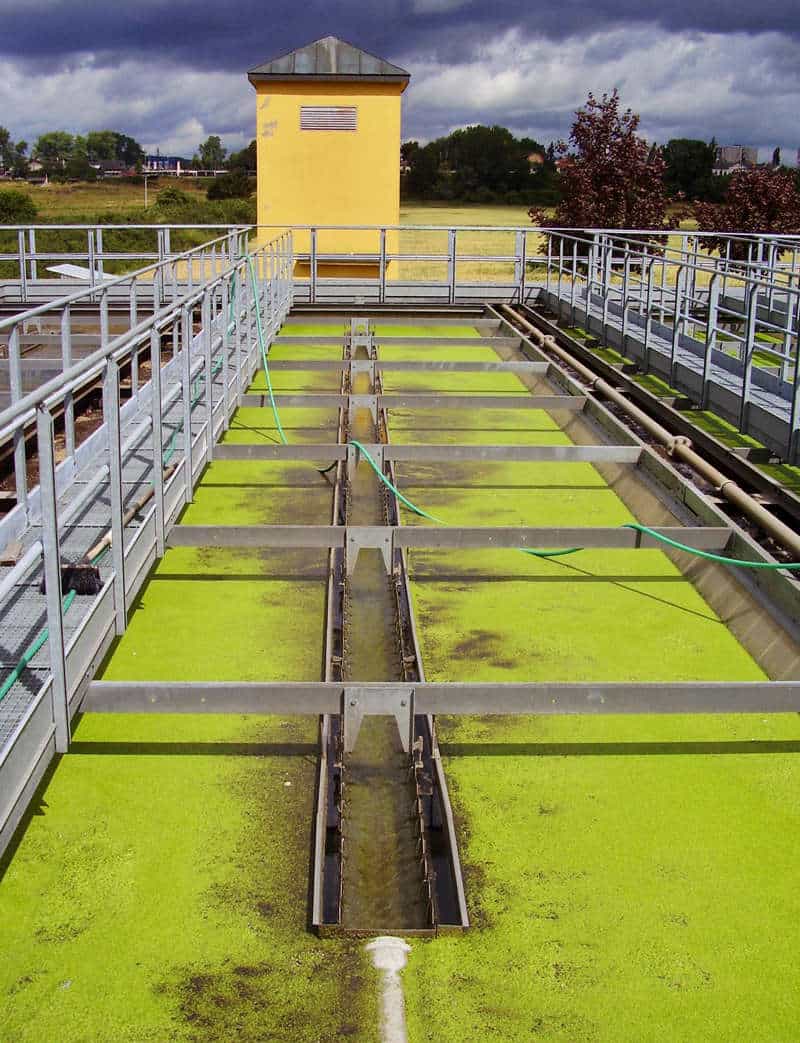Have you ever wondered what happens after you flush the toilet? Where does the waste go? What happens after it reaches its final destination?
To say that we all take our toilets for granted is probably a grand understatement. When we need to use the toilet, we just flush and go. Thinking about what happens afterward is not a friendly thought, especially after you’ve consumed a rather large meal.
Luckily, your wastewater treatment facilities are thinking about this process, but even they may not be the final destination for your waste.
Interested in knowing more? Then read on!
How Does the Sewage System Work?
If you live in a municipality (a town, village, or city), then your home connects to the local sewage system. This process eventually leads to the local wastewater treatment facility.
People who live in the country typically use a septic tank to collect their waste. They follow a different process.
The typical sewage system uses three different pipes: your home’s plumbing system, the local sewer pipe, and then the interceptor pipe. Most of the wastewater flows thanks to gravity, but there are places where pumps are necessary too. Once the waste makes it to your local facility, then it will begin the transformation process.
A septic tank is different. The plumbing system for the home will still flush the waste away, but it goes into this system instead. It is a water-tight container which allows the “sludge” to settle to the bottom, while the liquids exit into the local drain field.
You would then need someone to pump out the sludge periodically to prevent the septic tank from overflowing.
Treatment Steps for Sewage Systems
If your waste goes to a facility, then there are three treatment options: preliminary, primary, and secondary.
The preliminary treatment is usually a grit chamber which encourages mud and sand to settle in the bottom of the tank.
Items that don’t settle will then flow into the primary treatment area, where up to 60% of the solids remaining in the fluid will settle to the bottom of this tank.
Whatever remains then goes to the secondary treatment area. Oxygen is added to the mixture, speeding up the growth of any microorganisms which might be present in the fluid. The small creatures consume the waste, then settle to the bottom of this tank.
Most of the toxic chemicals and human waste are gone at this point.
What Happens to the Treated Wastewater?
You’ll have a liquid and a solid waste to treat after the secondary process is finished. The remaining liquids receive a disinfecting treatment before being released back into the environment.
The solids are further processed to kill bacteria, then it receives heat while being mixed frequently to reduce its overall volume. Then the product becomes a fertilizer that is useful in numerous situations. Some farmers even receive this fertilizer to help grow their crops.
So, the next time you flush, think about what is actually going down the drain. That way, you’ll be doing your part to prevent toxic chemicals from being released into your local environment. That’s how portable toilets could come in handy. For more information and recommendations on portable toilets, click here.








